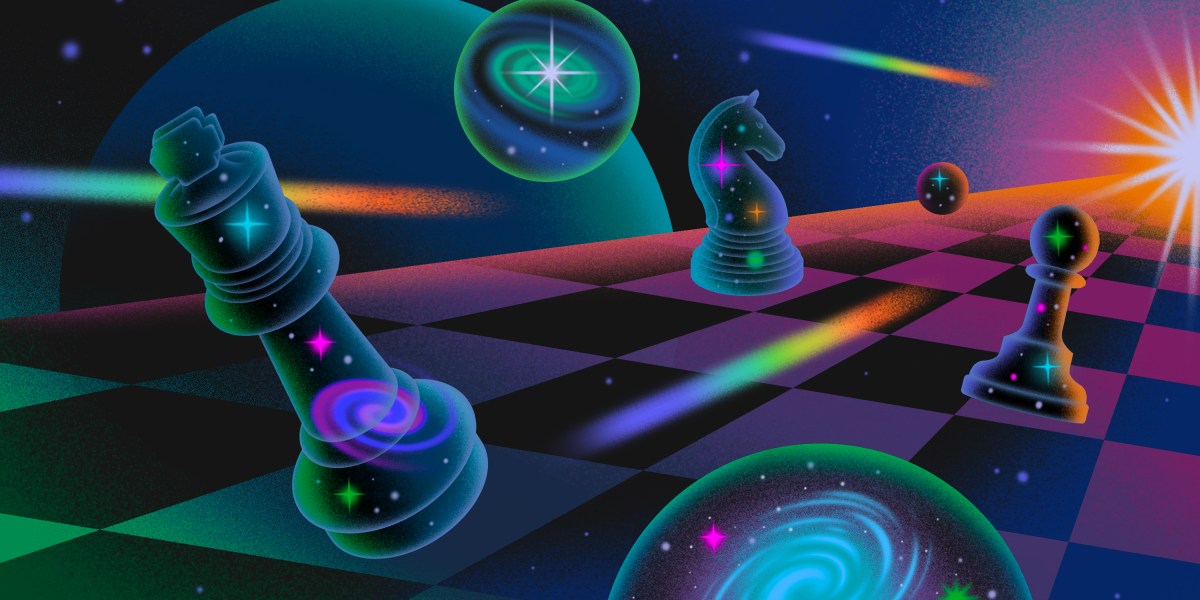
This tedious cosmic landscape exists because the universe really was boring once. Shortly after the Big Bang, and for hundreds of thousands of years after that, it was relentlessly dull. All that existed was a thick red-hot haze of particles, stretching for trillions upon trillions of kilometers and filling every point in the universe almost evenly, with minuscule differences in the density of matter between one spot and another.
But as the universe expanded and cooled, gravity amplified those tiny differences. Slowly, over the following millions and billions of years, the places in the universe with slightly more stuff attracted even more stuff. And that’s where we came from—the profusion of things in the universe today eventually arose as more and more material accumulated, making those slightly over-dense regions into radically complicated places packed with enough matter to form stars, galaxies, and us. On the very largest scales, boredom still reigns, as it has since the beginning of time. But down here in the dirt, there’s ample variety.
This story still has some holes. For one thing, it is not clear where the matter came from in the first place. Particle physics demands that anything that creates matter must also create an equal amount of antimatter, carefully conserving the balance between the two. Every kind of matter particle has an antimatter twin that behaves like matter in nearly every way. But when a matter particle comes into contact with its antimatter counterpart, they annihilate each other, disappearing and leaving behind nothing but radiation.
That’s exactly what happened right after the Big Bang. Matter and antimatter annihilated, leaving our universe aglow with radiation—and a small amount of leftover matter, which had slightly exceeded the amount of antimatter at the start. This tiny mismatch made the difference between the universe we have today and an eternity of tedium, and we don’t know why it happened. “Somehow there was this little imbalance and it turned into everything—namely, us. I really care about us,” says Lindley Winslow, an experimental particle physicist at MIT. “We have a lot of questions about the universe and how it evolved. But this is a pretty basic kindergarten sort of question of, okay, why are we here?”
Caught in the act
To answer this question, Winslow and other physicists around the world have constructed several experiments to catch nature in the act of violating the balance between matter and antimatter. They hope to see that violation in the form of neutrinoless double-beta decay, a type of radioactive decay. At the moment, that process is theoretical—it may not happen at all. But if it does, it would provide a possible explanation for the imbalance between matter and antimatter in the early universe.
